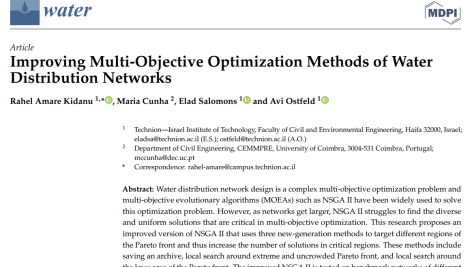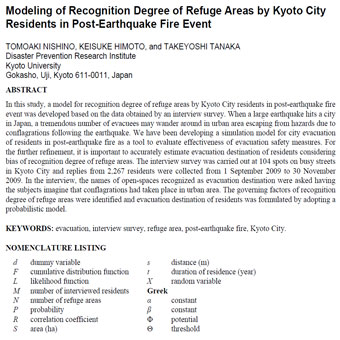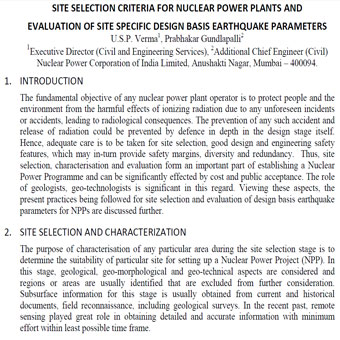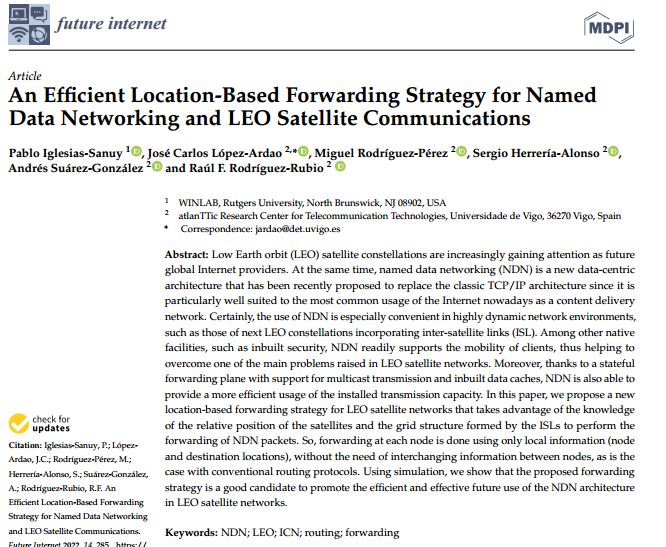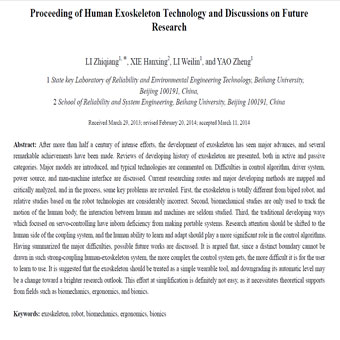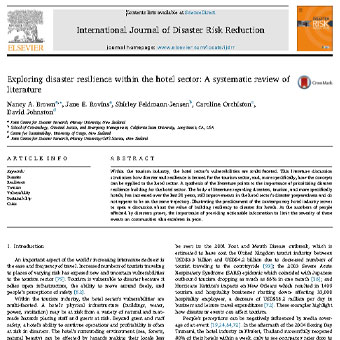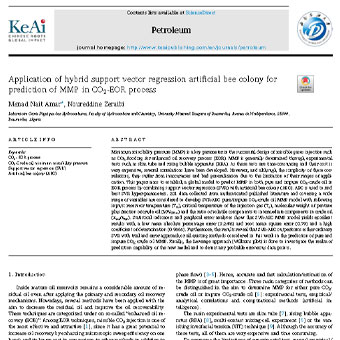عنوان فارسی مقاله:بهبود روشهای بهینه سازی چند هدفه شبکههای توزیع آب
چکیده
طراحی شبکه توزیع آب یک مسئله بهینه سازی چندهدفه پیچیده است و الگوریتمهای تکاملی چندهدفه (MOEAs) مانند NSGA II به طور گسترده برای حل این مسئله بهینه سازی استفاده شده است. با این حال، با بزرگتر شدن شبکهها، NSGA II برای یافتن راهحلهای متنوع و یکسانی که در بهینهسازی چند هدفه حیاتی هستند، تلاش میکند. این تحقیق نسخه بهبود یافته NSGA II را پیشنهاد میکند که از سه روش نسل جدید برای هدف قرار دادن مناطق مختلف جبهه پارتو و در نتیجه افزایش تعداد راه حلها در مناطق بحرانی استفاده میکند. این روشها شامل ذخیره آرشیو، جستجوی محلی در اطراف جبهه پارتو شدید و بدون شلوغی، و جستجوی محلی در اطراف ناحیه زانو جبهه پارتو است. NSGA II بهبود یافته بر روی شبکههای معیار با اندازههای مختلف آزمایش شده و با شناختهشدهترین شبکههای پارتو که توسط MOEA تعیین شده است مقایسه میشود. نتایج نشان میدهد که الگوریتم پیشنهادی از NSGA II اصلی از نظر گسترش دامنه راهحل جبهه پارتو، افزایش چگالی راهحل و کشف راهحلهای غیر غالب بیشتر عمل میکند. NSGA II بهبود یافته میتواند راهحلهایی را پیدا کند که تمام قسمتهای جبهه پارتو را با استفاده از یک الگوریتم واحد بدون افزایش تلاش محاسباتی پوشش دهد.
- لینک دانلود فایل بلافاصله بعد از پرداخت وجه به نمایش در خواهد آمد.
- همچنین لینک دانلود به ایمیل شما ارسال خواهد شد به همین دلیل ایمیل خود را به دقت وارد نمایید.
- ممکن است ایمیل ارسالی به پوشه اسپم یا Bulk ایمیل شما ارسال شده باشد.
- در صورتی که به هر دلیلی موفق به دانلود فایل مورد نظر نشدید با ما تماس بگیرید.
 متن به فارسی | ترجمه مقالات و متون علمی | ترجمه و دانلود مقالات و انواع متون علمی و ادبی و پذیرش سفارش ترجمه
متن به فارسی | ترجمه مقالات و متون علمی | ترجمه و دانلود مقالات و انواع متون علمی و ادبی و پذیرش سفارش ترجمه
